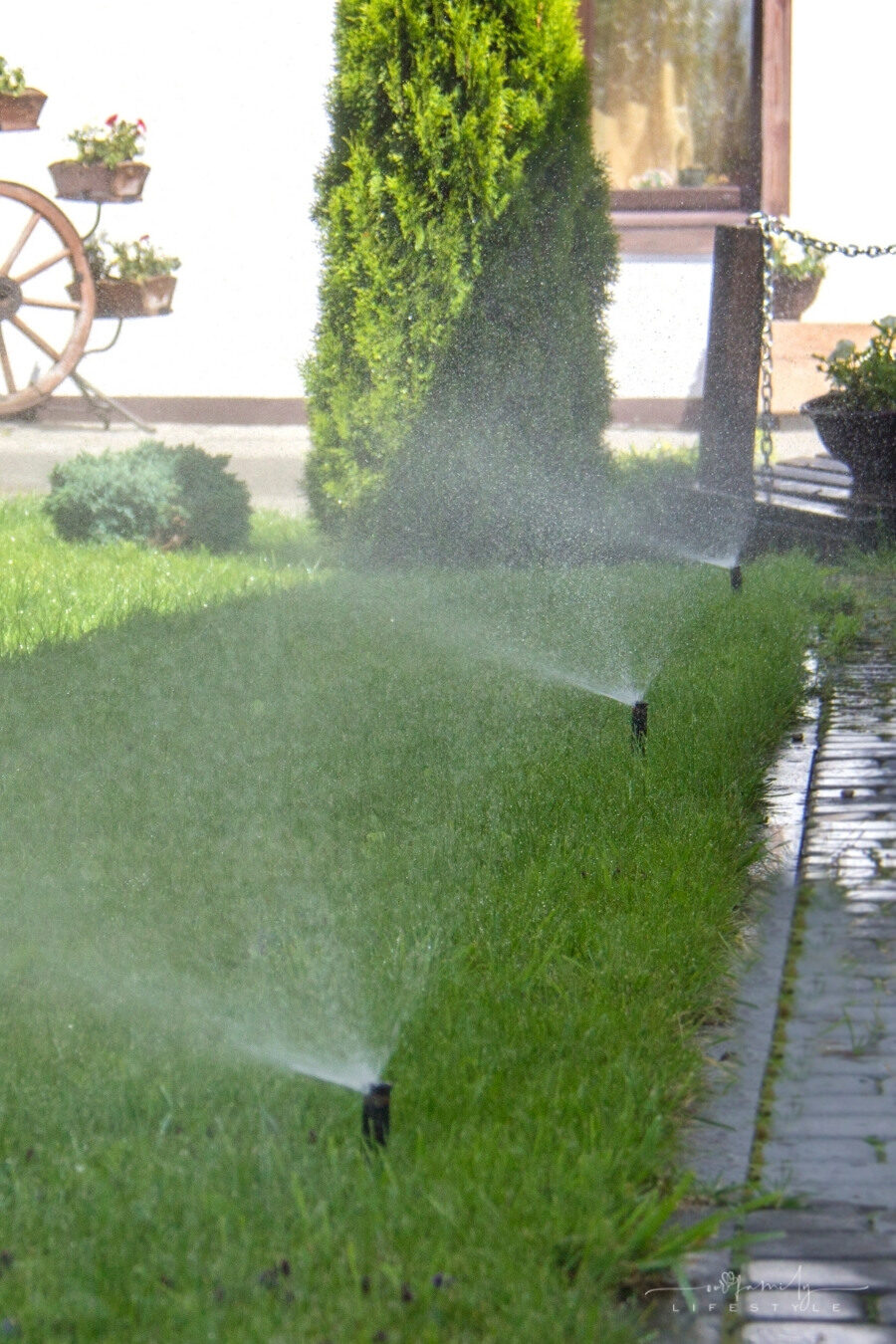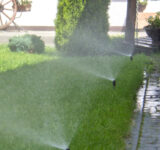How to Take Proper Care of Your Family’s Home Lawn
Your lawn is certainly the cornerstone of a wonderful yard where you can relax, rest, and socialize.
A vibrant, welcoming lawn is one of the best exterior decors you can have.
However, if you still don’t have one, make sure you check out these tips on how to take proper care of your family lawn in order to get it to shine!

Watering
Watering is the heart of a healthy lawn and thus should be taken seriously.
Always make sure you water all parts of your lawn, but don’t overwater it. Except for the grass in the shaded area, where the moisture stays longer and the soil is compacted, watering should be abundant.
As a result, the grass in the shade seems frail and scarce.
The solution is to aerate the grass, which entails pricking it with pitchforks or other sharp objects to produce holes in the lawn where moisture may collect over time, subsequently creating air space and creating a favorable structure.
Learn about the soil
It is common knowledge that your grass gets its nutrition from the soil. For this reason, it is such an important factor in the growth and development of your lawn that it may frequently determine the health of your grass and, as a result, the beauty of your lawn.
This is mainly because grass gets a lot of its energy from the soil’s nutrients. As a result, it’s critical that you learn to know your soil thoroughly.
The best way you can learn about it is by consulting a lawn specialist or sending a sample of your yard’s soil to a laboratory.
You may also try adding nutrients to the soil based on the results or advice to enhance pH balance, making it more nutritious and therefore more favorable for grass growth!
Likewise, if you want to learn more about the ways to beautify, maintain, and decorate your lawn, check out the amazing pieces of advice offered by the folks at GardenAndGrass for your healthier lawn!
This way, you can easily improve the appearance of your lawn and make it more welcoming!
Regular fertilization
Whether it’s winter or summer, your grass needs some attention after a period of drought in order to remain the major attraction in your yard.
Therefore, make sure you fertilize your grass regularly—ideally around late March.
Therefore, always bear in mind that fertilization is an important aspect of lawn care that should not be disregarded if you want a vibrant lawn.
Furthermore, routine mowing, in particular, makes it more difficult for plants to take nutrients through photosynthesis, necessitating the use of fertilizer to compensate. Fertilizers are available in a variety of forms.
Nitrogen, for example, affects lawn regeneration, increases grass’s resistance to temperature and drought, and encourages leaf and root growth, budding, and thriving, and this is just one of the ingredients of a common fertilizer!
Mowing
The lawn can reach a height of 5 centimeters and is cut to 4 centimeters, depending on the type and use of the lawn.
To promote budding, or grass cover density, the lawn must be mowed frequently and regularly, every week, at a level of 4 cm, from late May, when growth and budding are at their highest.
Low grass mowing on a regular basis produces a thicker and more appealing yard, while infrequent and higher mowing produces a rarer and less appealing lawn.
In this regard, remember that grass leaves, for example, act as a factory, producing the necessary nourishment for the growth of roots and new leaves and that by mowing a larger area of lawn, you are removing the origin of vital nutrients, causing the lawn to become sick for an extended period of time, regenerate poorly, and expand.
As a result, you must avoid removing more than a quarter of the green volume after each mowing in order to preserve the balanced relationship between food production and quick regeneration.
Extra seeding to increase grass volume
In October or February, the seeds are planted. Because it is protected by a wax covering, it is best covered with seeds that sprout quickly and are not taken away by bird.
Choose a grass blend for a shady lawn or a sunny location. Sow around 1 kilogram of seeds per 100 square meters of lawn. Thus, bear in mind that lawns in the shade should get extra seeding at least twice a year.


